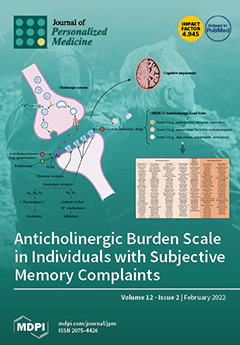Chronic low back pain that lasts more than 12 weeks causes mental and physical distress. This study investigated the effects of pain neuroscience education combined with lumbar stabilization exercises on strength, pain, flexibility, and activity disorder index in female patients with chronic low back pain. Thirty-five female patients with chronic low back pain were randomly divided into two groups: the pain neuroscience education (PNE) combined with lumbar stabilization exercises (LSEs) group (
n = 18, experimental group) and the lumbar stabilization exercises alone group (
n = 17, control group). The experimental group underwent PNE combined with LSEs for 30 min per session, twice per week for 8 weeks, and the control group underwent LSEs only. The primary outcomes were strength (sit-up and back-up movements), Numerical Pain Rating Scale (NPRS), Korean Pain Catastrophizing Scale (K-PCS), and Tampa Scale of Kinesio-phobia-11 (TSK-11) for pain. The secondary outcomes were modified–modified Schober’s test (MMST) and finger to floor test (FFT) for flexibility and activity disorder (Roland–Morris Disability Questionnaire index). A significant difference was observed in the primary outcomes after intervention in the abdominal muscle strength (group difference, mean, −7.50; 95% CI, −9.111 to –5.889, F = 9.598; ANCOVA
p = 0.005), the back muscle strength (group difference, mean, −9.722; 95% CI, −10.877 to –8.568, F = 7.102; ANCOVA
p = 0.014), the NPRS (group difference, mean, 1.89; 95% CI,1.65 to 2.12, F = 24.286; ANCOVA
p < 0.001), K-PCS (group difference, mean, 7.89; 95% CI, 7.02 to 8.76, F = 11.558; ANCOVA
p = 0.003), and TSK-11 (group difference, mean, 16.79; 95% CI, 13.99 to 19.59, F = 13.179; ANCOVA
p = 0.014) for pain. In the secondary outcomes, there was a significant difference in the FFT (group difference, mean, −0.66; 95%CI, −0.99 to −0.33, F = 4.327; ANCOVA
p = 0.049), whereas the difference in flexibility (MMST) and activity disorder index of the secondary outcomes did not reach significance. Therefore, this study confirmed that PNE combined with LSEs is an effective intervention compared to LSE alone in improving muscle strength and pain in female patients with chronic low back pain.
Full article






